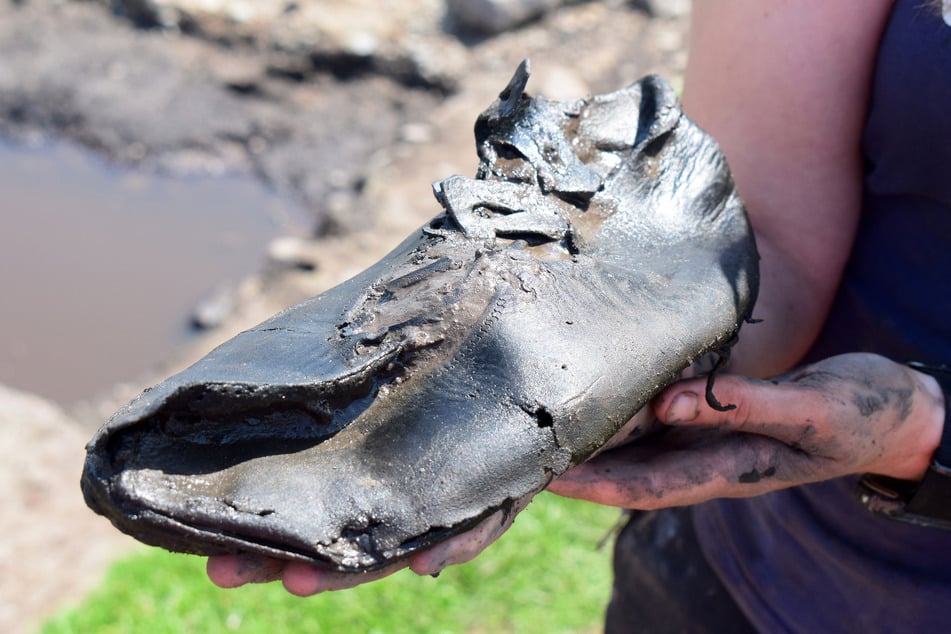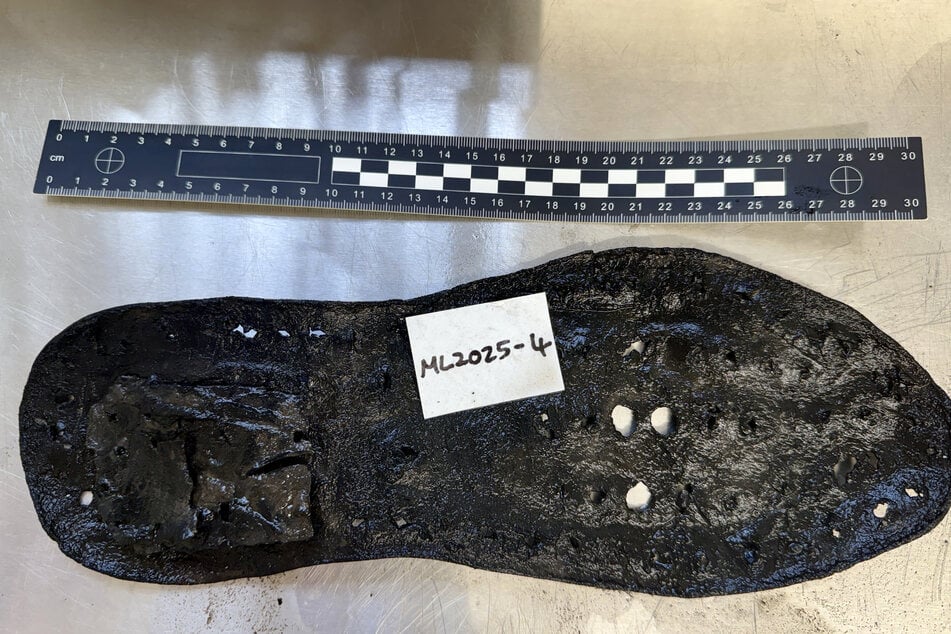Signs of "Roman bigfoot" found by mystified archaeologists in English dig site
London, UK - A stash of "unusually large" 2,000-year-old shoes dug up at a Roman site in northern England has left archaeologists searching for an explanation, they said this week.

The 11.8-inch-long shoes – equivalent to size 49 in Europe and size 15 in the US – have been found by archaeologists from the Vindolanda Charity Trust in recent months.
The trust was established in 1970 to excavate, conserve, and share Roman remains at Vindolanda and Carvoran, both part of the Hadrian's Wall World Heritage Site in northern England.
The eight large shoes were discovered in a defensive ditch, often used by Romans as a rubbish dump, at the Magna Roman Fort in Northumberland.
Only a tiny fraction of shoes in Vindolanda's vast existing collection are of a similar size, whereas around a quarter of those from the Magna site are in this size range, according to Rachel Frame, a senior archaeologist on the project.
She called it "really unusual."
"We're all now off trying to work out who might have been here," Frame said.
She added they were eager to know "which regiments would have been stationed in Magda" and why exactly there are "so many large shoes at this site compared to others."
The team reported finding the first "exceptionally large shoe" on May 21 and has continued to discover more since then, according to Vindolanda's website.
"You need specific soil conditions with very low oxygen for organic objects made of things like wood, leather, textiles, stuff like that, to survive for this length of time," explained Frame.

She noted the team is probing the history of the Roman Empire for answers, stressing people of different cultures and backgrounds would likely have been meeting at the site.
"When people think about the Romans, they think about Italians; they sometimes forget just how broad the Empire was and how far it stretched," Frame said.
Cover photo: The Vindolanda Trust / AFP
